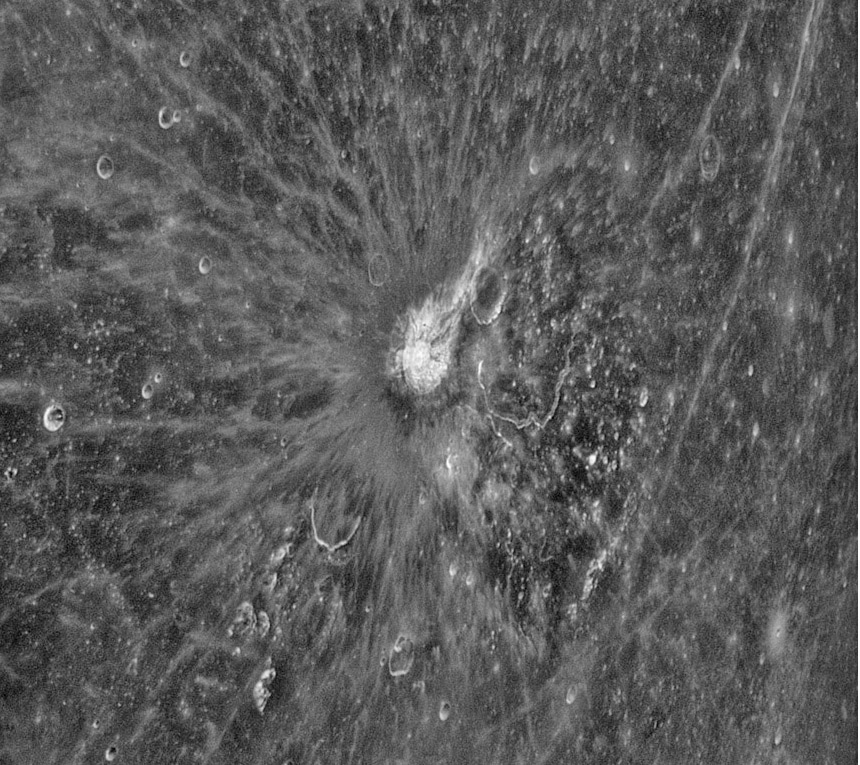Difference between revisions of "January 28, 2010"
| Line 1: | Line 1: | ||
__NOTOC__ | __NOTOC__ | ||
=Radial Misbehavior= | =Radial Misbehavior= | ||
| − | |||
<!-- ws:start:WikiTextHeadingRule:1:<h1> --> | <!-- ws:start:WikiTextHeadingRule:1:<h1> --> | ||
<!-- ws:start:WikiTextLocalImageRule:16:<img src="/file/view/LPOD-Jan28-10.jpg/116232037/LPOD-Jan28-10.jpg" alt="" title="" /> -->[[File:LPOD-Jan28-10.jpg|LPOD-Jan28-10.jpg]]<!-- ws:end:WikiTextLocalImageRule:16 --><br /> | <!-- ws:start:WikiTextLocalImageRule:16:<img src="/file/view/LPOD-Jan28-10.jpg/116232037/LPOD-Jan28-10.jpg" alt="" title="" /> -->[[File:LPOD-Jan28-10.jpg|LPOD-Jan28-10.jpg]]<!-- ws:end:WikiTextLocalImageRule:16 --><br /> | ||
| − | <em>image by [mailto:jml.astro@cegetel.net Jean-Marc Lecleire], Torcy, France</em><br /> | + | <em>image by [mailto:jml.astro@cegetel.net" rel="nofollow Jean-Marc Lecleire], Torcy, France</em><br /> |
<br /> | <br /> | ||
High noon is when gunfighters meet on main street in western movies, And its when topography disappears and only variations in reflectivities are visible. In Jean-Marc's high contrast and strong tonality image the gray rays of Aristarchus streak away beyond a rough dark halo. One ray comes from between Aristarchus and Prinz and strangely seems to turn outward, very much non-radial. The rays are nearly invisible over the pyroclastic darkness of the Aristarchus Plateau, although they can be clearly seen on the maria beyond the Plateau at upper right, and are barely noticeable to lower right. An obvious interpretation would be that the ash on the Plateau is younger than Aristarchus, but that is wrong. Aristarchus is one of the youngest medium sized craters on the Moon, perhaps 500 million years old, and the pyroclastics are more than 3 billion years old. The rays simply are not very visible on the ash; perhaps someone will explain why.<br /> | High noon is when gunfighters meet on main street in western movies, And its when topography disappears and only variations in reflectivities are visible. In Jean-Marc's high contrast and strong tonality image the gray rays of Aristarchus streak away beyond a rough dark halo. One ray comes from between Aristarchus and Prinz and strangely seems to turn outward, very much non-radial. The rays are nearly invisible over the pyroclastic darkness of the Aristarchus Plateau, although they can be clearly seen on the maria beyond the Plateau at upper right, and are barely noticeable to lower right. An obvious interpretation would be that the ash on the Plateau is younger than Aristarchus, but that is wrong. Aristarchus is one of the youngest medium sized craters on the Moon, perhaps 500 million years old, and the pyroclastics are more than 3 billion years old. The rays simply are not very visible on the ash; perhaps someone will explain why.<br /> | ||
<br /> | <br /> | ||
| − | <em>[mailto:tychocrater@yahoo.com Chuck Wood]</em><br /> | + | <em>[mailto:tychocrater@yahoo.com" rel="nofollow Chuck Wood]</em><br /> |
<br /> | <br /> | ||
<strong>Technical Details</strong><br /> | <strong>Technical Details</strong><br /> | ||
| − | August 6th, 2007. 10" Cassegrain telescope + a blue filter + Skynyx 2-2M, 200 stacked images. Jean-Marc re-processed the left image with [http://hdrsoft.com/ Photomatix Pro], a High Dynamic Range photography software. The tool "tone mapping" was used to enhance contrast; the process is described [http://astrosurf.com/lecleire/hdr/ here] (and CAW further stretched the image).<br /> | + | August 6th, 2007. 10" Cassegrain telescope + a blue filter + Skynyx 2-2M, 200 stacked images. Jean-Marc re-processed the left image with [http://hdrsoft.com/" rel="nofollow Photomatix Pro], a High Dynamic Range photography software. The tool "tone mapping" was used to enhance contrast; the process is described [http://astrosurf.com/lecleire/hdr/" rel="nofollow here] (and CAW further stretched the image).<br /> |
<br /> | <br /> | ||
<strong>Related Links</strong><br /> | <strong>Related Links</strong><br /> | ||
Rükl plate [http://the-moon.wikispaces.com/R%C3%BCkl+18 18]<br /> | Rükl plate [http://the-moon.wikispaces.com/R%C3%BCkl+18 18]<br /> | ||
| − | [http://astrosurf.com/lecleire/ Jean-Marc's] beautiful web site<br /> | + | [http://astrosurf.com/lecleire/" rel="nofollow Jean-Marc's] beautiful web site<br /> |
<br /> | <br /> | ||
<hr /> | <hr /> | ||
| − | <div>You can support LPOD when you buy any book from Amazon thru [http://www.lpod.org/?page_id=591 LPOD!]<br /> | + | <div>You can support LPOD when you buy any book from Amazon thru [http://www.lpod.org/?page_id=591" rel="nofollow LPOD!]<br /> |
</div> | </div> | ||
| − | |||
---- | ---- | ||
===COMMENTS?=== | ===COMMENTS?=== | ||
Click on this icon [[image:PostIcon.jpg]] at the upper right to post a comment. | Click on this icon [[image:PostIcon.jpg]] at the upper right to post a comment. | ||
Revision as of 18:18, 4 January 2015
Radial Misbehavior

image by " rel="nofollow Jean-Marc Lecleire, Torcy, France
High noon is when gunfighters meet on main street in western movies, And its when topography disappears and only variations in reflectivities are visible. In Jean-Marc's high contrast and strong tonality image the gray rays of Aristarchus streak away beyond a rough dark halo. One ray comes from between Aristarchus and Prinz and strangely seems to turn outward, very much non-radial. The rays are nearly invisible over the pyroclastic darkness of the Aristarchus Plateau, although they can be clearly seen on the maria beyond the Plateau at upper right, and are barely noticeable to lower right. An obvious interpretation would be that the ash on the Plateau is younger than Aristarchus, but that is wrong. Aristarchus is one of the youngest medium sized craters on the Moon, perhaps 500 million years old, and the pyroclastics are more than 3 billion years old. The rays simply are not very visible on the ash; perhaps someone will explain why.
" rel="nofollow Chuck Wood
Technical Details
August 6th, 2007. 10" Cassegrain telescope + a blue filter + Skynyx 2-2M, 200 stacked images. Jean-Marc re-processed the left image with " rel="nofollow Photomatix Pro, a High Dynamic Range photography software. The tool "tone mapping" was used to enhance contrast; the process is described " rel="nofollow here (and CAW further stretched the image).
Related Links
Rükl plate 18
" rel="nofollow Jean-Marc's beautiful web site
COMMENTS?
Click on this icon File:PostIcon.jpg at the upper right to post a comment.



